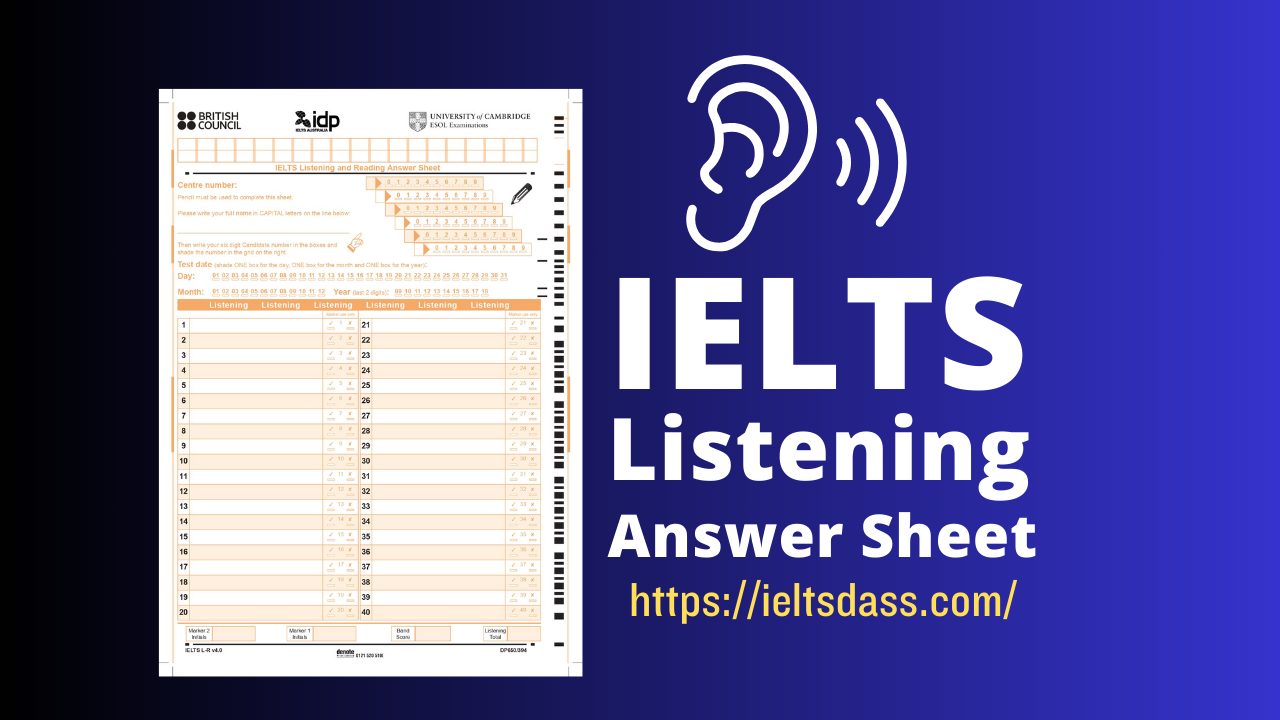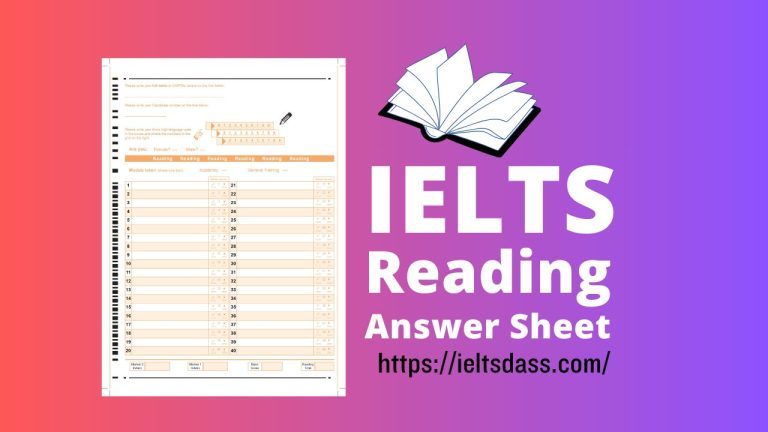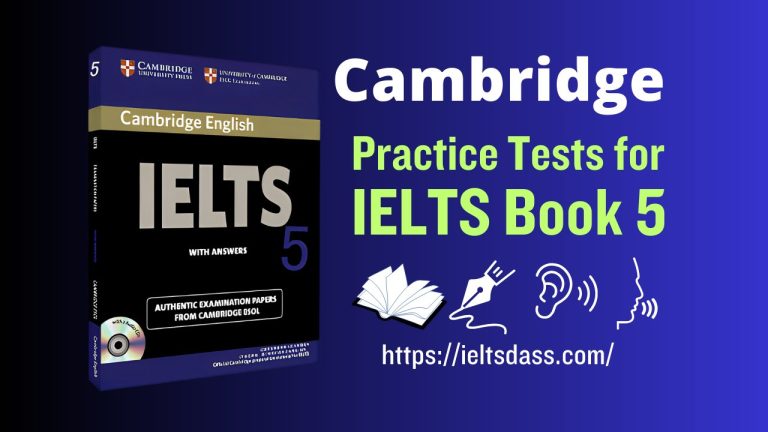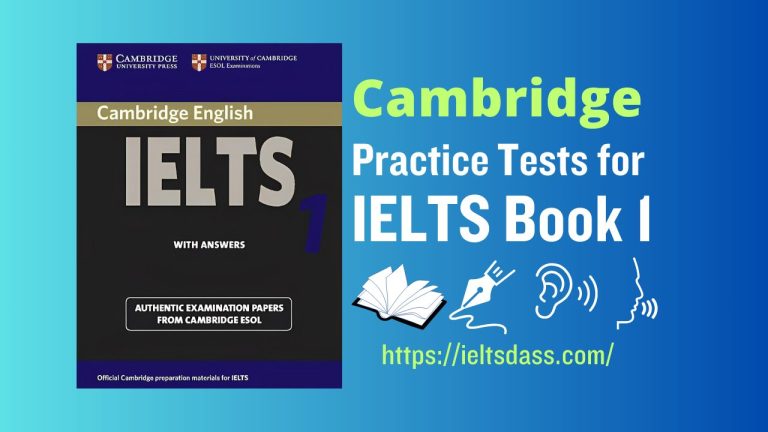IELTS Listening Answer Sheet
IELTS, or the International English Language Testing System, is a widely recognized examination for assessing English language proficiency. The Listening component of IELTS evaluates a candidate’s ability to comprehend spoken English in various contexts, such as everyday conversations, lectures, and discussions. To successfully navigate this section, test-takers must use the IELTS Listening Answer Sheet effectively. Here’s a closer look at this critical aspect of the exam:
Purpose of the IELTS Listening Answer Sheet
The IELTS Listening Answer Sheet serves as the canvas upon which candidates record their responses to the listening tasks. It plays a pivotal role in the scoring process and helps ensure accuracy and fairness.
Format and Layout
The Answer Sheet typically consists of two pages. The first page contains personal information, including the candidate’s name, test date, and test module. The second page is where the responses are recorded. It features a series of sections corresponding to the questions in the listening test.
How to Fill It Out
Candidates must use a pencil to complete the IELTS Listening Answer Sheet. It’s crucial to follow the instructions provided by the test invigilator, especially when it comes to writing in capital letters or using lowercase for names, dates, and other personal details.
Time Management
Effective time management is essential in the listening test. While listening to the audio recordings, candidates must simultaneously mark their answers on the Answer Sheet. There is a specific time allocated at the end of each section to review and transfer their answers neatly.
Double-Checking
Before the test concludes, candidates should take a moment to review their answers. Any changes or corrections must be made on the Answer Sheet within the allotted time.
Conclusion
The IELTS Listening Answer Sheet may seem straightforward, but its proper use is integral to achieving a high score on the listening test. Understanding its format, following instructions diligently, and managing time effectively can make a significant difference in a candidate’s performance. Mastery of this simple sheet is a vital step towards success in the IELTS exam.







